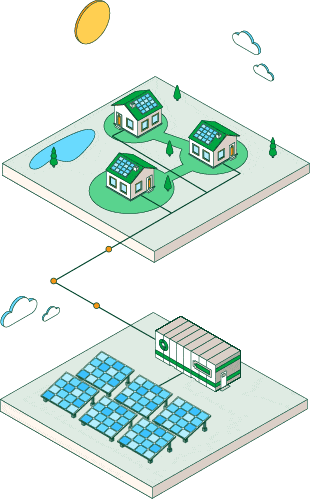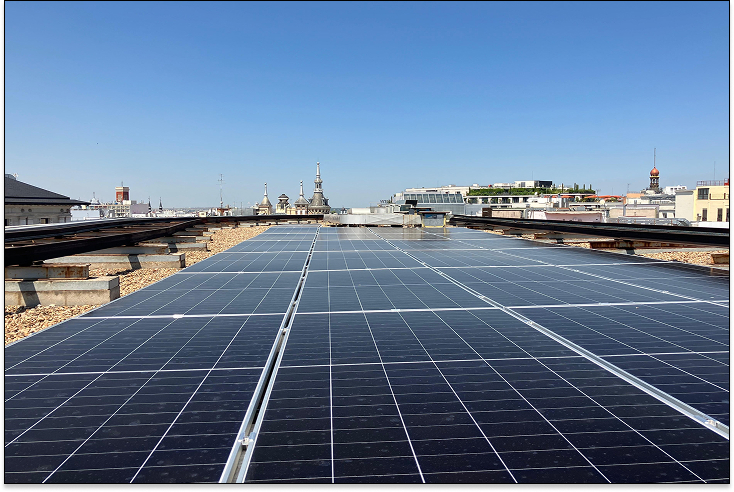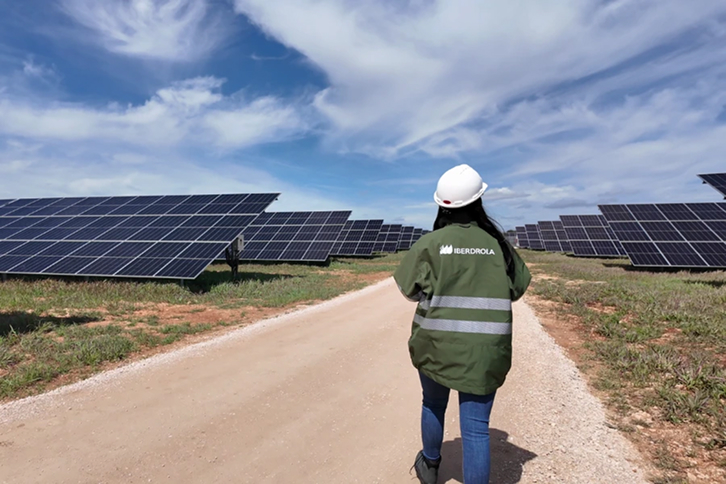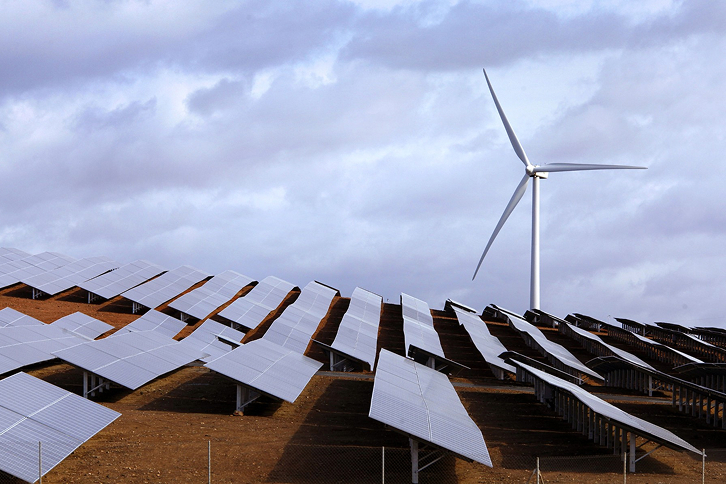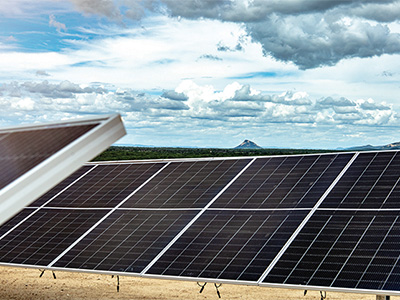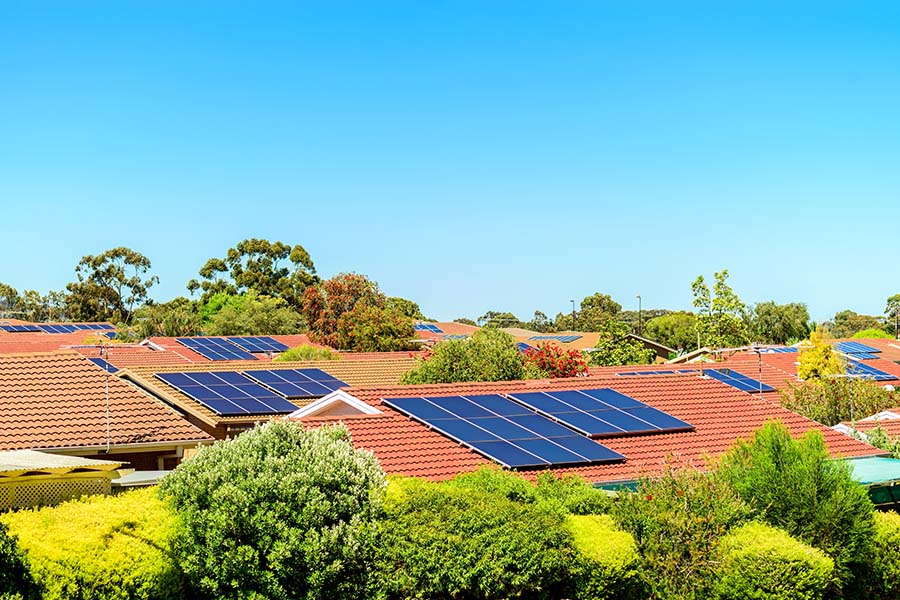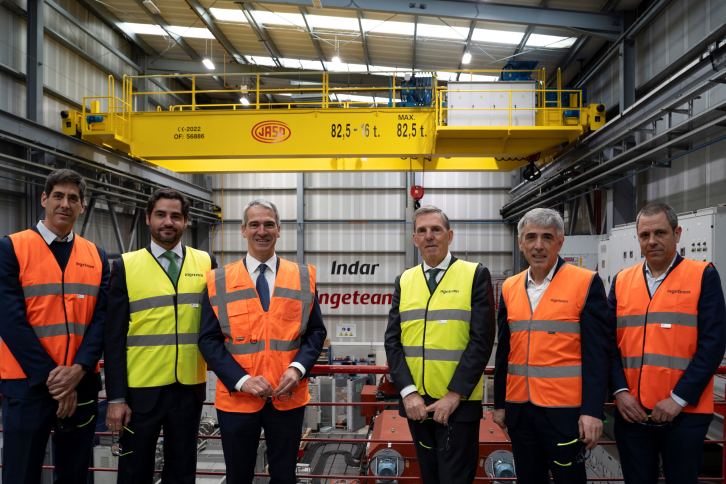-
Iberdrola Mexico has commissioned a Smart Solar photovoltaic self-consumption system installed for the multinational pharmaceutical Bayer at its vegetable seed production plant in Chiapas, Yax-Nah (‘green house’ in Mayan). The system has an...
-
Facebook Iberdrola Mexico and Bayer commission a photovoltaic self-consumption system to produce sedes
-
Twitter Iberdrola Mexico and Bayer commission a photovoltaic self-consumption system to produce sedes
-
Linkedin Iberdrola Mexico and Bayer commission a photovoltaic self-consumption system to produce sedes
-
Whatsapp
Virtual batteries have emerged in the energy market as a practical and sustainable alternative to save, drive and secure the consumption of energy obtained through solar panels installed on homes.
-
-
Iberdrola Italia , Iberdrola's international business company in that country and Pam Panorama, a historic Italian hypermarket and supermarket company, have signed a power purchase agreement (PPA) for a total of 1,000 GWh. The agreement...
Iberdrola, through its start-up programme, Perseo , has launched a challenge to develop innovative technological solutions to drive the photovoltaic sector. The electricity company, which has around 8,000 MW of installed capacity worldwide...
-
At PERSEO we want to leverage the talent and creativity of start-ups and entrepreneurs to develop technological solutions that drive the solar photovoltaic industry.
Iberdrola's Global Procurement Director, Ignacio Sánchez-Galán, visited Ingeteam's facilities in Beasain, Gipuzkoa today. He was accompanied by Ingeteam's CEO, Adolfo Rebollo, and Asís Canales, Iberdrola's Global Director of Resources and...







